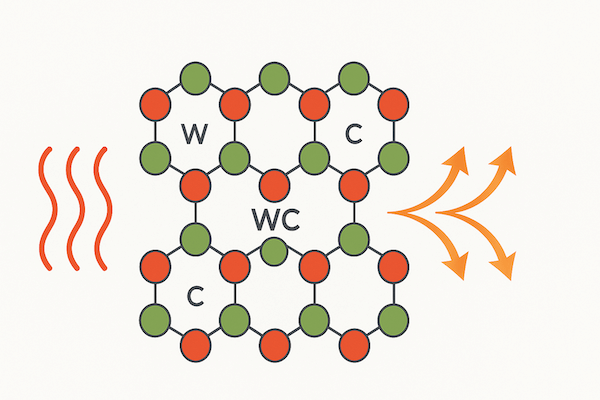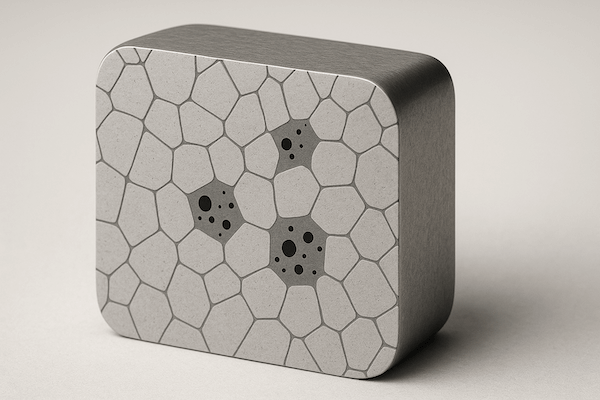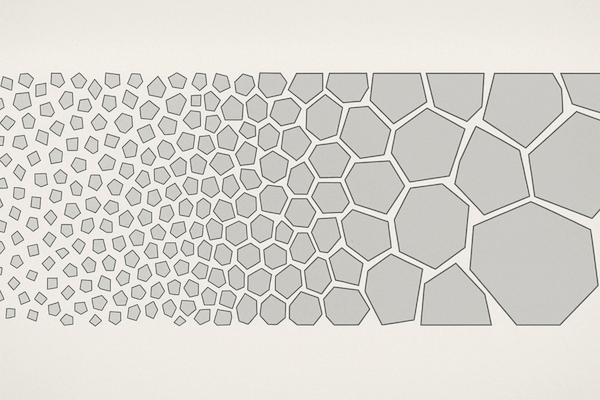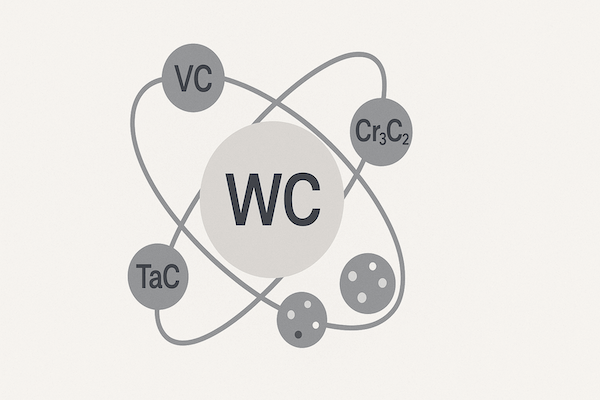Stabilité thermique dans l'industrie du carbure de tungstène : un aperçu explicatif

Introduction Dans le domaine des matériaux avancés, le carbure de tungstène (WC) se distingue par sa dureté exceptionnelle, sa résistance à l’usure et son point de fusion élevé. Ces propriétés le rendent indispensable dans de nombreuses industries, notamment les secteurs minier, aérospatial, manufacturier et automobile. Parmi ses nombreuses caractéristiques avantageuses, la stabilité thermique est une propriété essentielle qui influence considérablement les performances […]
Porosité dans l'industrie du carbure de tungstène : un aperçu explicatif

Introduction La porosité est un concept essentiel en science des matériaux, notamment pour les matériaux hautes performances comme le carbure de tungstène (WC) utilisé dans les outils industriels. Souvent négligée, la porosité joue pourtant un rôle important dans la résistance mécanique, la résistance à l'usure et la fiabilité globale des outils en carbure. Cet article explique ce qu'est la porosité, comment elle se forme, […]
Comprendre la granulométrie des outils en carbure de tungstène

Dans le monde des matériaux et de l'outillage de pointe, la « granulométrie » est un terme fréquemment utilisé. Bien que cela puisse sembler être un détail réservé aux métallurgistes, la granulométrie joue un rôle essentiel dans la performance, la résistance et la durabilité des outils en carbure de tungstène utilisés dans les secteurs de l'exploitation minière, de l'usinage, du pétrole et du gaz, et de la fabrication de précision. Alors, que […]
Comprendre les éléments d'alliage dans les outils en carbure de tungstène

Les outils en carbure de tungstène sont réputés pour leur dureté exceptionnelle, leur résistance à l'usure et leur capacité à supporter des conditions de travail extrêmes. Mais derrière ces performances impressionnantes se cachent bien plus que le WC et le cobalt : c'est aussi le résultat d'éléments d'alliage soigneusement sélectionnés. Ces traces, certes infimes en quantité, ont un impact considérable sur le comportement de l'outil, […]
